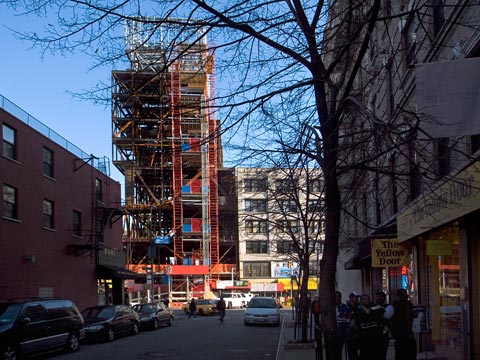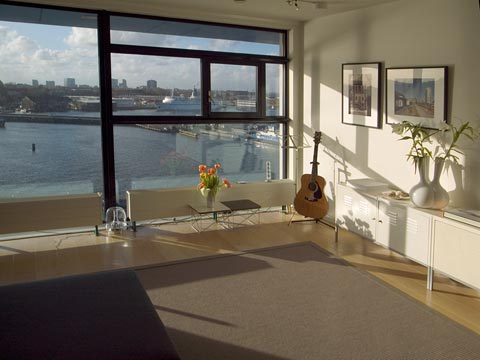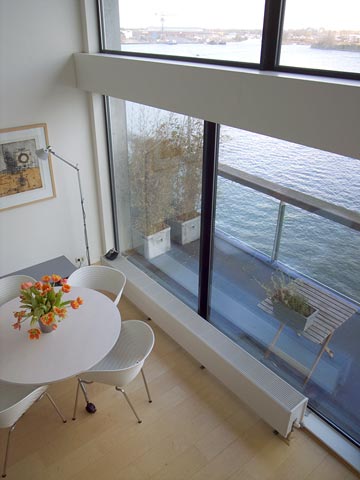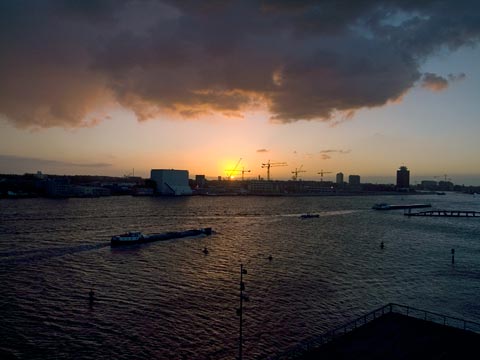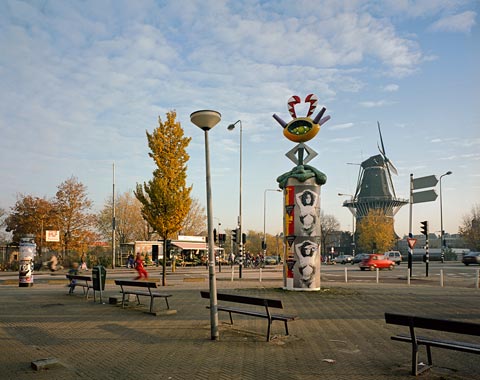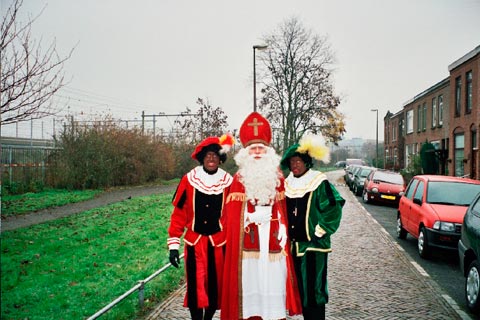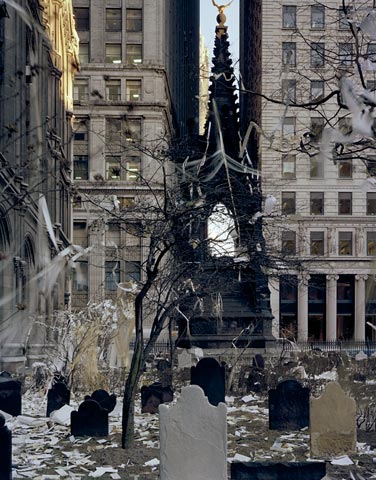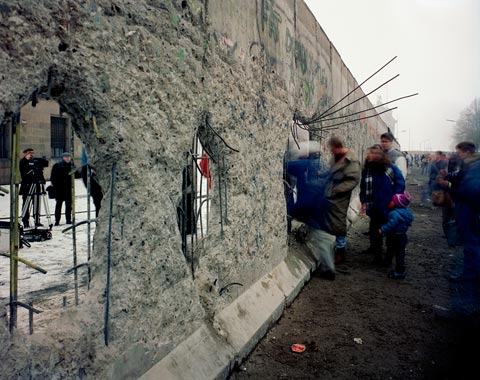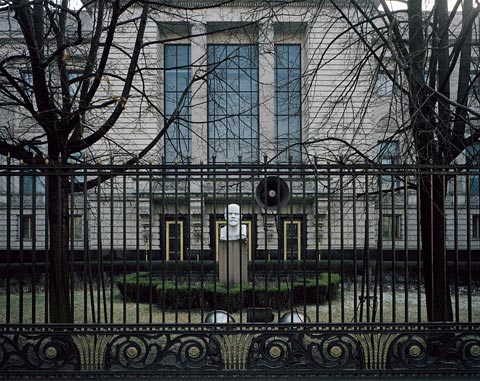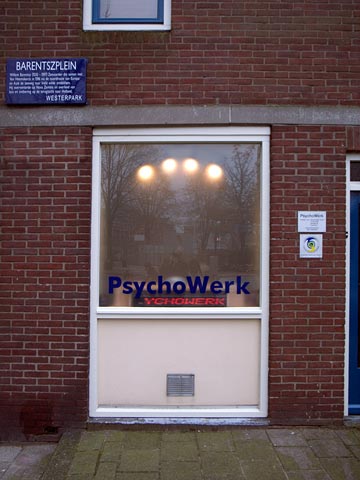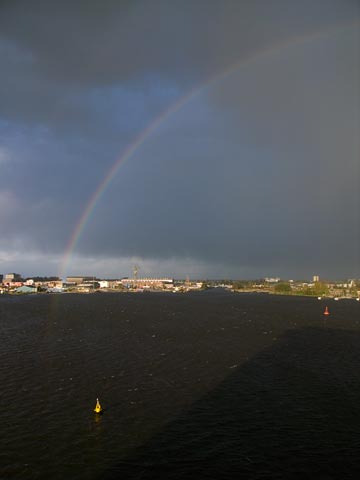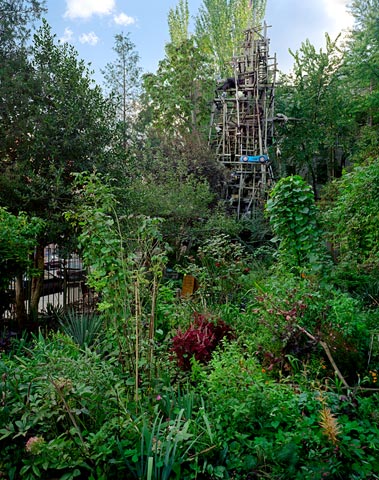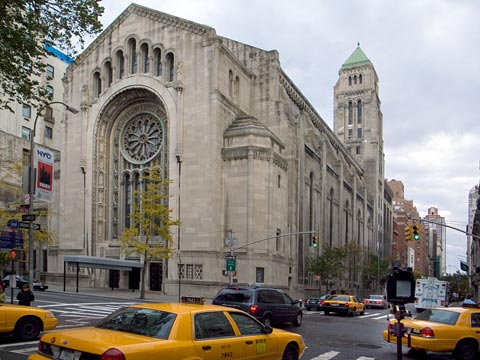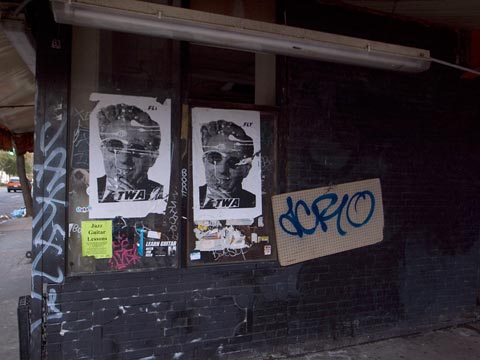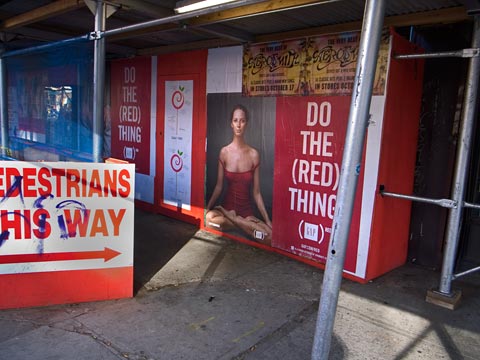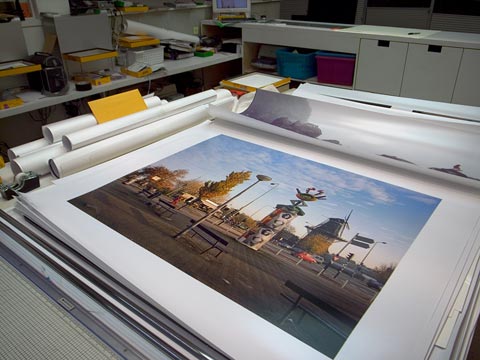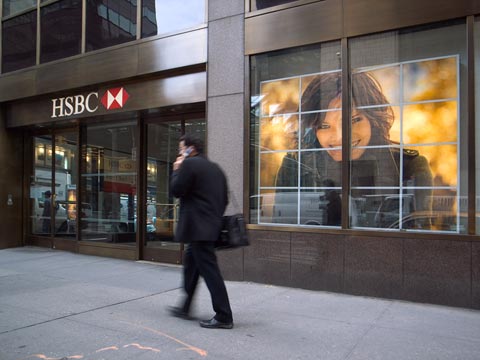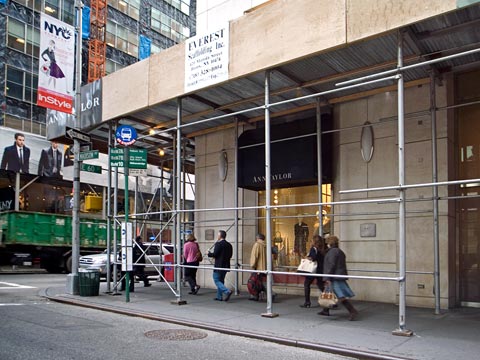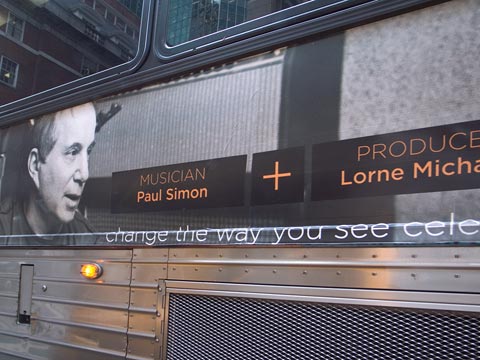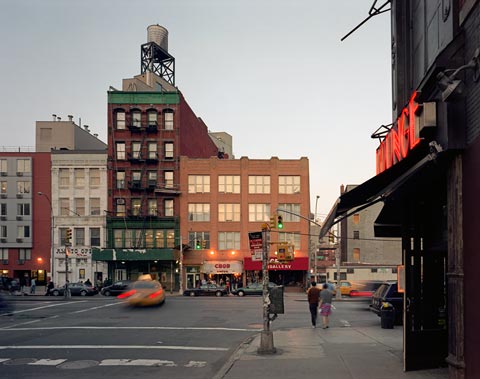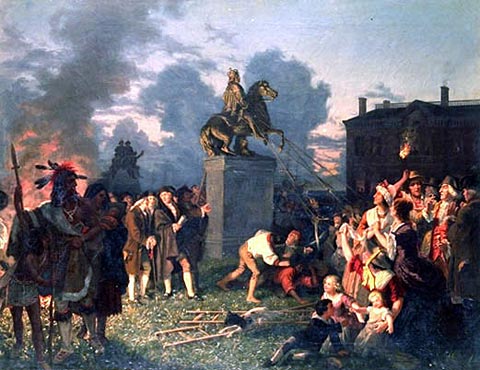
Pulling down statue of King George III, New York City, July 9, 1776
I posted this on the 4th of July earlier this year. Here it is again.
The following song is loosely based on the Declaration of Indpendence. Lines taken or adapted from the original text are highlighted. The recording was done straight to computer without any benefits of a recording studio. But the quality should be listenable to most ears. Please feel free to share the lyrics and sound file.
declaration.mp3
***
declaration
in the course of human events
these truths betray a liar
red rockets glare our flag still there
over baghdad nights afire
the tyrant king usurps the throne
lets slip the dogs of war
terror thrown a useless bone
to settle obsolete scores
pull the statue down
watch it tip fall and shatter
break his phony crown
and his cronies tumble after
let facts be submitted to a candid world
the chaos of shock and awe
a long train of abuses
he refuses his assent to laws
a shadow state perpetual war
mercenary corporations
complete the works of death
tyranny and desolation
pull the statue down
watch it tip fall and shatter
break his phony crown
and his cronies tumble after
tramped on dragged through
a prison of earthly delights
strip searched and naked
certain unalienable rights
morning light frozen height
the blinding gates of hell
declare the causes which impel
the day the towers fell
pull the statue down
watch it tip fall and shatter
break his phony crown
and his cronies tumble after
throw the gauntlet down
our lives our sacred honor
© Brian Rose
